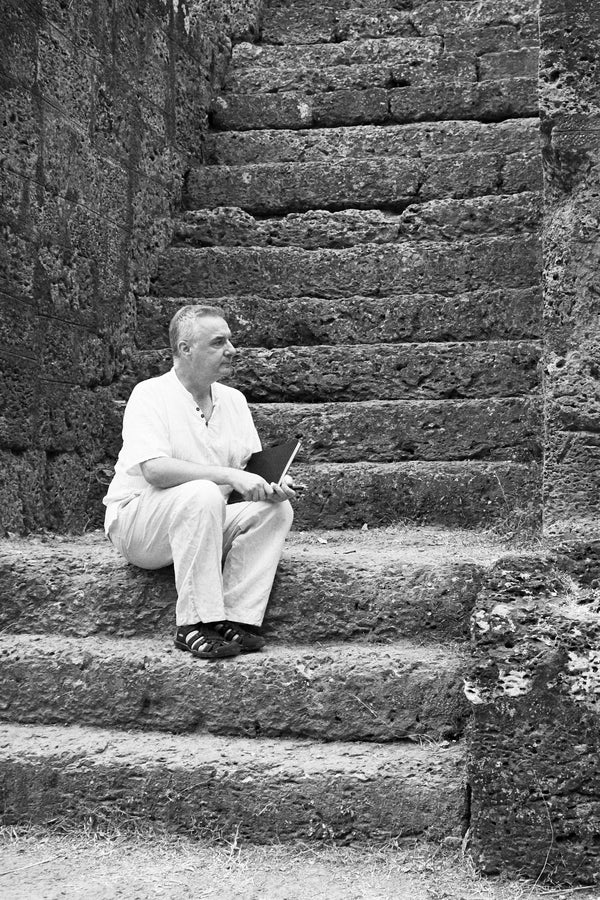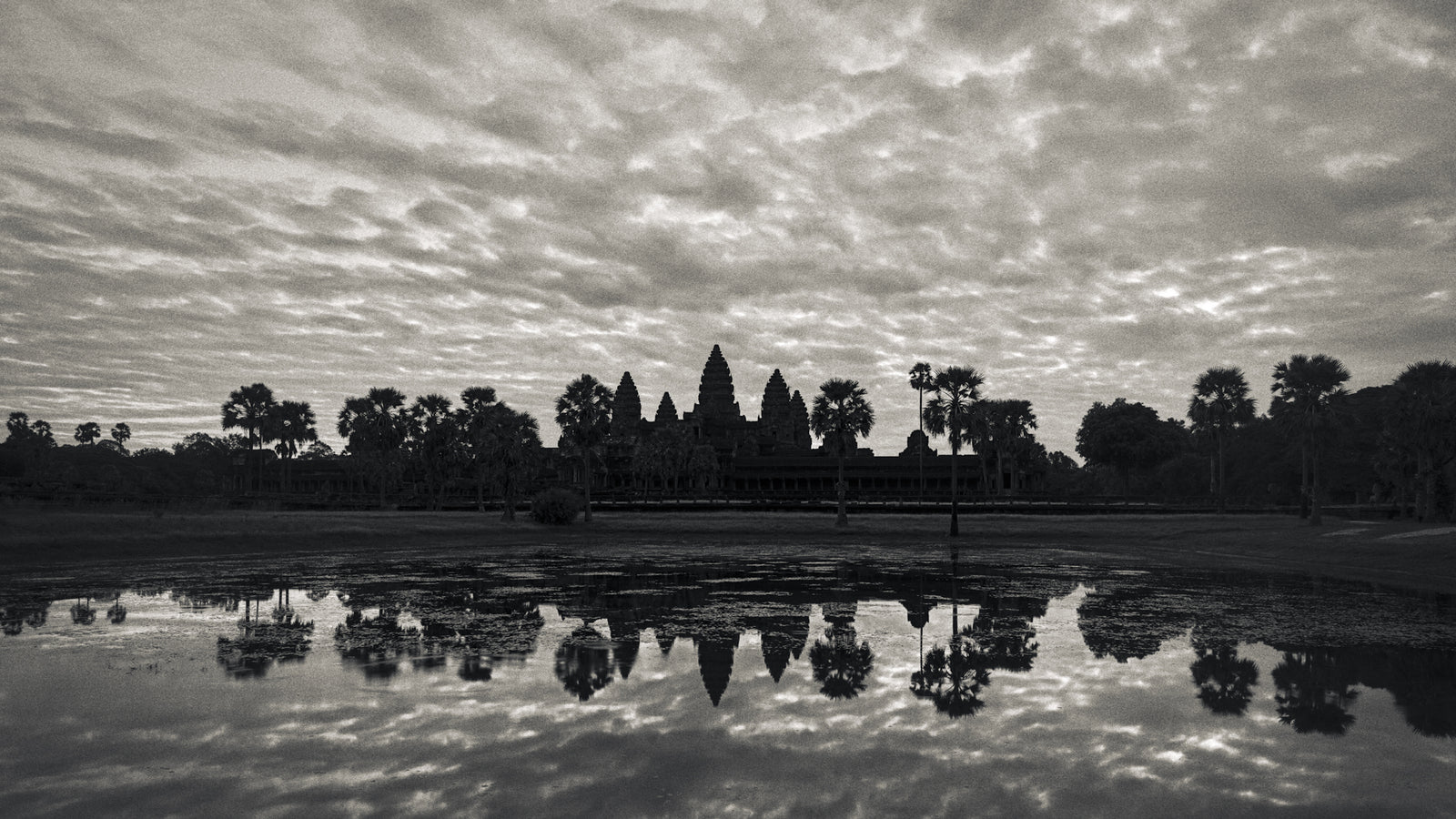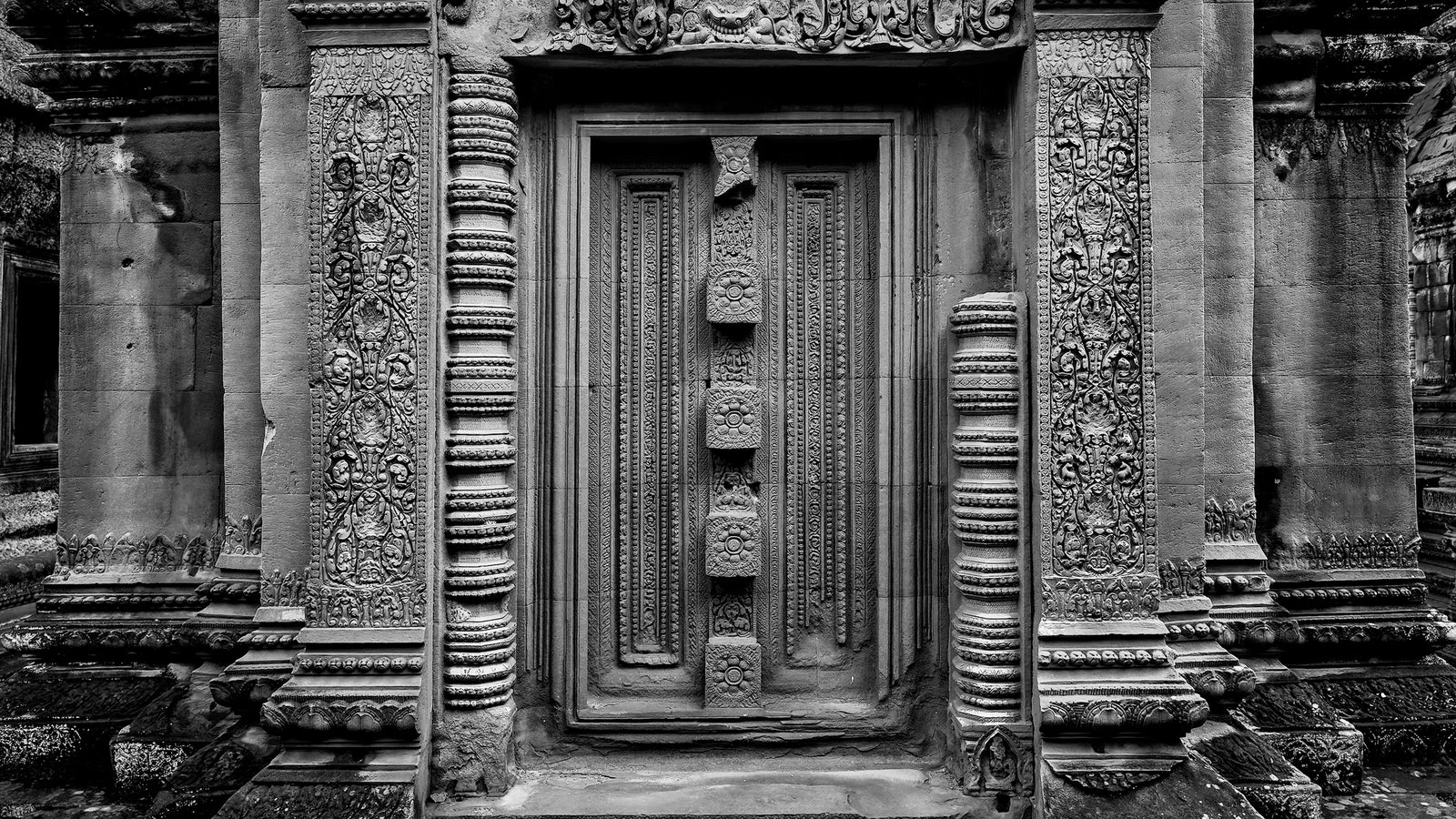Complimentary worldwide shipping on orders over $400 · No import tariffs for most countries
Complimentary worldwide shipping on orders over $400 · No import tariffs for most countries
East Baray
2 min read
| Date: | Early 10th century CE (c. 900 CE) |
| King: | Yashovarman I (reign 889 – 915 CE) |
| Cult: | Hindu |
The East Baray (Khmer: បារាយណ៍ខាងកើត), or Yashodharatataka, is a now-dry baray, or artificial body of water, oriented east-west and located just east of the walled city of Angkor Thom.
The Baray was built to guarantee a regular water supply for Yashovarman I's new city, Yashodharapura.
Fed by the Siem Reap River flowing down from the Kulen Hills, it was the second-largest baray in the Angkor region (after the West Baray) and one of the largest handcut water reservoirs on Earth, measuring roughly 7.5 km (4.6 miles) long by 1830 m (6000') wide and holding about 55 million cubic meters (2 billion cubic feet) of water when the water level reached 4 m (13').
The labour and organisation necessary for its construction were staggering: its dikes contain roughly 8 million cubic meters (280 million cubic feet) of fill.
Stones bearing inscriptions that mark the construction of the baray have been found at all four of its corners. The Sanskrit poems declare it to be under the protection of Ganga, the goddess of India's holy Ganges.
Today, the East Baray contains no water, farmers till crops on its bed, but its outlines remain clearly visible in satellite photographs.
In the middle of the baray is the East Mebon Temple, built in the mid-10th century CE by the architect and guru Kavindrarimathana, Buddhist minister of Rajendravarman II. Located on elevated ground that was an island in the days when the baray contained water, this island-temple reinforced the symbolic purpose of the baray in Khmer religious life, representing the seas of creation that surround Mount Meru, home of the Hindu gods.
Map of The East Baray
Also in Angkorpedia
Join My Studio Journal
Receive occasional letters from my studio in Siem Reap—offering a glimpse into my creative process, early access to new fine art prints, field notes from the temples of Angkor, exhibition announcements, and reflections on beauty, impermanence, and the spirit of place.
No noise. No clutter. Just quiet inspiration, delivered gently.
Subscribe and stay connected to the unfolding story.

Join My Studio Journal
Receive occasional letters from my studio in Siem Reap—offering a glimpse into my creative process, early access to new fine art prints, field notes from the temples of Angkor, exhibition announcements, and reflections on beauty, impermanence, and the spirit of place.
No noise. No clutter. Just quiet inspiration, delivered gently.
Subscribe and stay connected to the unfolding story.



